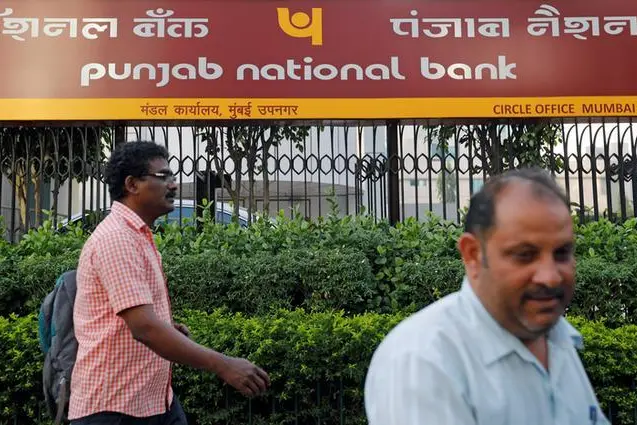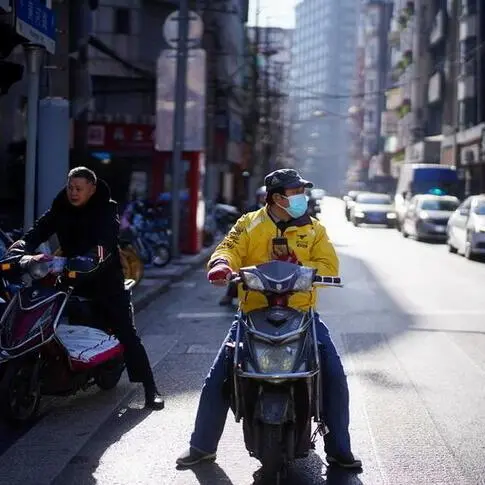PHOTO
MUMBAI - The timing is off. New Delhi’s move to force 10 state-controlled lenders to merge into four fulfils a desire to have fewer banks. It is unlikely, though, to create stronger ones, at least in the short term. Bringing together weak institutions, with gross loans worth $333 billion, will destroy shareholder value and distract managers from tackling a costly bad debt pile.
State lenders underpin India’s banking system, accounting for about two-thirds of assets. The decision to combine so many, announced on Friday, came shortly before the release of horrendous official figures that showed the economy grew just 5% in the June quarter, a massive 70 basis points below a majority of economists in a Reuters poll, and the slowest pace since 2013.
Yet reducing the number of banks does not shrink the problem. After four years of consecutive losses, hammered by delinquent loans, public sector lenders are on track to deliver a profit in the full year to March, Credit Suisse analysts estimate. The return on assets will likely remain below 1% though, they warn, meaning fresh capital injections will be required to support growth.
Having fewer entities also does not guarantee better controls. One local credit rating agency, part of Fitch Group, noted in August that some $42 billion of funds from the government and other state entities pumped into the sector was “disappearing into quicksand”. New Delhi says banks will be allowed to hire a chief risk officer at market-linked rates, but lenders need the freedom to make tough decisions to fix soured loans, cull staff and reward talent. With job cuts ruled out, in an effort to avoid political pain, a big pot of synergies is out of reach.
Most worrying, a recent merger of three lenders has destroyed value. Since New Delhi announced in September 2018 that it would combine Dena Bank and Vijaya Bank with Bank of Baroda, the latter’s share price has fallen 33%. On Tuesday, the first day of trading since the new tie-ups were announced, the Nifty PSU Bank Index for state lenders fell 3.5% by midday India time. The market has delivered a verdict even before the terms of the latest deals are set.
CONTEXT NEWS
- India on Aug. 30 said it would merge 10 state banks through four separate mergers, cutting the number of government-controlled lenders to 12, from 27 in 2017.
- Finance Minister Nirmala Sitharaman said Oriental Bank of Commerce and United Bank would be merged with New Delhi-based Punjab National Bank to create India's second largest lender after State Bank of India.
- Two lenders based in southern India, Canara Bank and Syndicate Bank, would be combined. Andhra Bank and Corporation Bank are to merge with Union Bank, while Indian Bank will merge with Allahabad Bank.
- Sitharaman also announced the ten lenders to be granted funds in the government's latest cash infusion into state-run banks, after an earlier announcement that it would inject another 700 billion rupees ($9.8 billion) into the sector this financial year.
- PNB is to be the biggest beneficiary, receiving 160 billion rupees, followed by Union Bank with 117 billion rupees.
(Editing by Clara Ferreira Marques and Katrina Hamlin)
© Reuters News 2019












